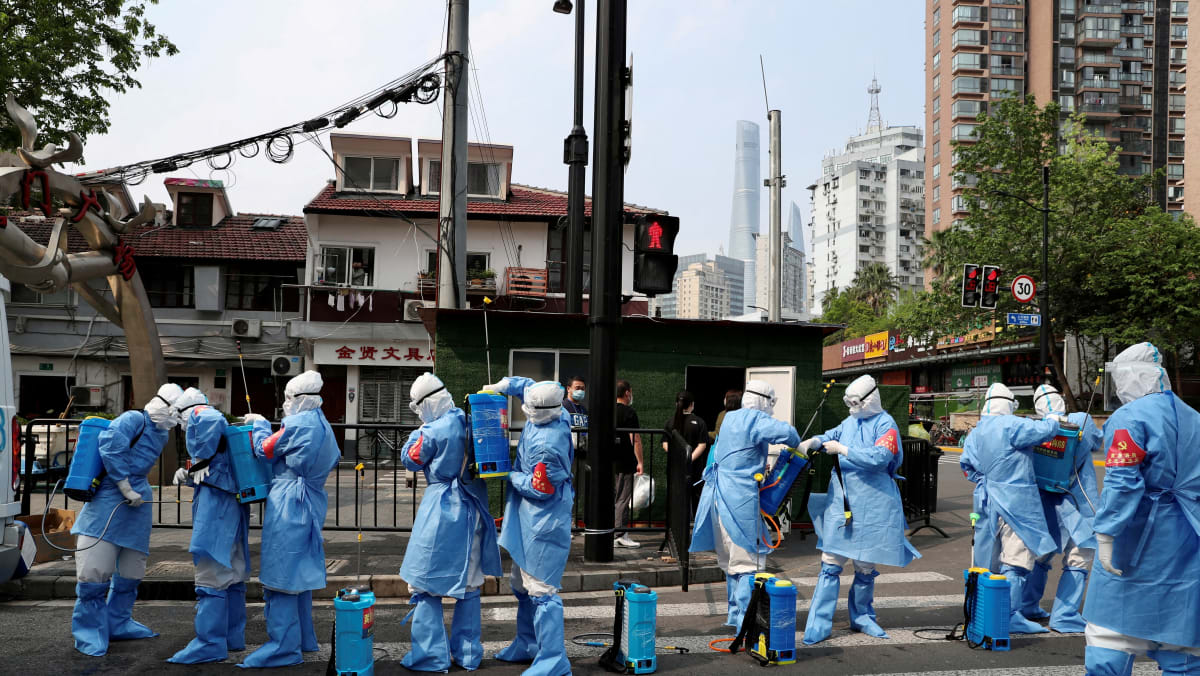AlanSubie4Life
Efficiency Obsessed Member
It’ll be really interesting to see if this confirms over this entire timeframe. I wish he would extend his model a few more months, so we have an idea of the assumptions.Quote:
New Subvariant B.2.12.1:
68% week/week advantage over BA.2
Significant growth of total numbers, doubling each week.
2.5x doubling speed compared to BA.2
New US projections model:

We’ve expected a bump for some time due to BA.2 and general easing of restrictions, but does this new variant mean something new? We have had a few false alarms at this point (Eric “
I think the trajectory will probably confirm through early May, but beyond that I think it is hard to say.
Looking at states that are surging, many, but not all, have generally done better (so, less immunity) or are less vaccinated. So still some hope that most states simply can’t sustain a lot of growth. It’s a very complicated picture though.
I expect deaths will continue to fall through the end of April. I hope!
To be clear, I’m an advocate for having zero COVID, but none of these variants seem terribly alarming at this point. Maybe I’m wrong. Just my impression. Predictions very difficult.
I still don’t think we’ll see something like the UK. But I obviously don’t know.





